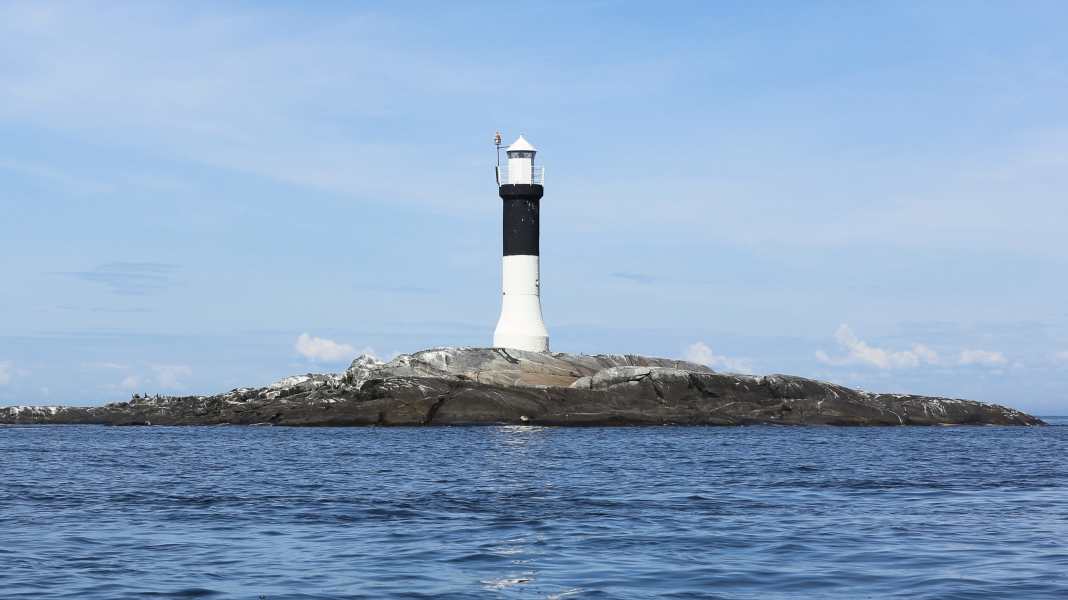
The maintenance of floating and fixed navigation marks is costly - especially in countries such as Sweden, which have a long coastline and unclear archipelago waters and a great need for safe navigation channels. However, increasingly accurate electronic navigation has led to the thinning out of this infrastructure. But this trend is now to be reversed - for safety reasons.
Disruptions in the summer came from Kaliningrad
Putin's attack on Ukraine in February 2022 led to the Baltic Sea region once again becoming the centre of military attention. Incidents became more frequent, and in the summer of 2024, disruptions showing strong signs of hybrid warfare, such as disrupted GPS signals or interrupted undersea cables, were detected on several occasions. They occurred particularly in the eastern regions of the Baltic Sea.
In the case of the GPS disruptions, aviation and shipping were equally affected - due to the direct impact on ongoing positioning. According to experts in Sweden, Finland and the Baltic states, the interference signals that led to the failures were triggered in the Russian exclave of Kaliningrad, located between Poland and Lithuania.
More on the topic:
Sea mark as a crisis-proof alternative
With the decreasing reliability of GPS, analogue navigational aids such as buoys, beacons and beacons are once again becoming more important as a backup and alternative. And the Swedish Maritime Administration Sjöfartsverket is responding: the Scandinavian country plans to invest 1.5 billion Swedish kronor (around 130 million euros) over the next ten years in the modernisation and construction of new navigation aids, according to Swedish media reports. At the same time, the safety measure can also be seen as a sign of determination.
About the Sjöfartsverket
The Sjöfartsverket is responsible for ensuring safe maritime traffic in Swedish waters. This includes the operation and maintenance of 6000 floating navigational aids and 1100 land-based beacons, the deployment of icebreakers and SAR helicopters as well as the traditional nautical chart service.
